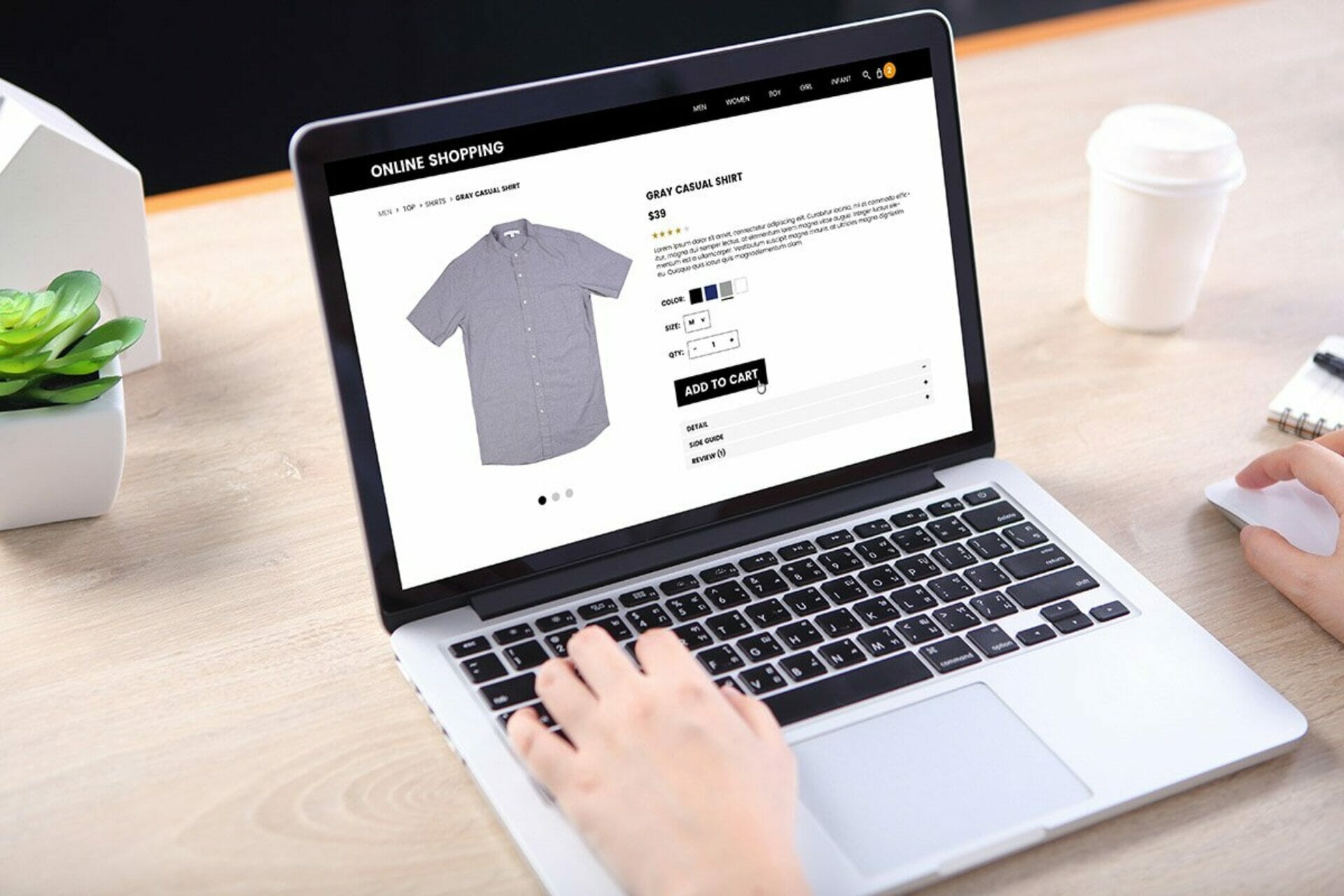Blog
Amazon Prime Day – A Key Target for Agile Online Counterfeiters
- Brand Protection

Discounted prices on highly sought-after brands bring consumers en masse to Amazon on Prime Day, but the sale also attracts criminals looking to peddle counterfeit products.
Amazon has long been the target of counterfeiting operations, with bad actors exploiting Amazon’s unique product identifier system (ASIN) and sponsored listing functionality. The platform has responded by offering improved anti-counterfeiting tools for brand owners to harness, providing some much-needed respite. However, these tools come complete with their own limitations.
This Amazon Prime Day, we explore the uptick in counterfeiting and other fraudulent activities on Amazon during sales and high-profile events. We then discuss the increasing scrutiny of the ecommerce giant’s approach to IP infringement and the implications of the expansion of its ‘Transparency’ program and the recent launch of ‘Project Zero’. Finally, we explore why cooperation and a comprehensive, strategic solution is needed to tackle infringement effectively.
Increase in infringement on Prime Day
High profile events and online sales are notorious for counterfeits. With the Women’s Football World Cup recently concluded, Amazon’s marketplaces were inundated with fake versions of the USA’s official tournament jerseys. Wired has reported that, on the day after the final, at least six of the top 10 best-selling women’s jerseys on Amazon were Team USA knockoffs[1].

Brands owners aren’t just fighting fast-moving counterfeiters but are also finding themselves vying for the top spots amongst bots and products with fraudulent reviews. Amazon Prime Day itself reportedly sees a large influx of fake reviews every year, being a popular tool for counterfeiters to add a semblance of authenticity to their listed products. In July 2018, it was found that fake reviews made up 28% of all reviews on the site, having increased from 16% in the previous month[2]. This figure is already reported to have reached 34% of all reviews this year (as of June) and is only likely to increase.
It is worth noting that Amazon refutes Fakespot’s data, stating that the company does not have visibility of backend information on reviewer, seller and product history.
However, consumer watchdog ‘Which?’ echoes Fakespot’s broader findings, stating that ‘unknown’ brands use unverified reviews to dominate the search results for tech products such as headphones. They also indicate that many products feature reviews for completely different items, suggesting they have been ported over from previous product listings.
This is a growing concern for brand owners, with 97% of shoppers relying on online customer reviews to help make a purchase, according to Which?[3].
Amazon may be directly liable for facilitating the sale of counterfeits
The company has come under increasing scrutiny over its perceived inability to deal with its counterfeit problem. This pressure recently came to the forefront with the appeal of a verdict of a high-profile court case, Oberdorf v Amazon. The 2015 case attempted to discern whether the ecommerce giant could be held liable for facilitating the sale of counterfeit dog leashes that caused hand injuries to consumers.
The original decision in favour of Amazon was reversed on appeal. Now, Amazon has been found liable for the injuries caused by the defective leashes, with wide-reaching ramifications for how the US firm approaches infringement on its marketplaces.
The appeal’s court majority argued that Amazon’s involvement in transactions “extends beyond a mere editorial function; it plays a large role in the actual sales process”. Further to this, the court claimed that Amazon is “fully capable” of removing dangerous products from its website.
Perhaps most significantly, the court was concerned that the platform “enables third-party vendors to conceal themselves from the customer, leaving customers injured by defective products with no direct recourse to the third-party vendor”[4].
Amazon Project Zero – A step forward
Amazon recently acknowledged in its annual report for the first time that it has a counterfeiting problem[5]. In recent years, it has stepped up its response to counterfeiting in the face of pressure from brand owners.
Project Zero is one such brand protection initiative and was introduced by Amazon in early 2019 to supplement their existing Brand Registry and Brand Transparency programs. It is a step in the right direction, allowing brands to have greater control of the enforcement process and accelerate the removal of counterfeits. However, it is only available by invitation to companies that have both already enrolled in Brand Registry and are owners of a registered trade mark.
Read our full breakdown of Project Zero and its key limitations.
Amazon Transparency still underutilized
Amazon Transparency is an item-level authentication service that is designed to allow customers to authenticate any Transparency-enabled product, regardless of where they purchase it (Amazon, other ecommerce sites, brick and mortar stores, etc.).
It was recently announced that Transparency will be expanding to Europe, India and Canada. This wider rollout is a welcome move by the platform, but again there are key issues present such as apparel brands (which are the single largest target of counterfeiting activity in the US) not yet being covered and the app for consumers to scan the products themselves not being available in these new regions. The take up in the US market so far has also been limited, with only 4,000 brands in total enrolled in the program[6].
How well these anti-counterfeiting initiatives cope with increased counterfeiting activity in the run up to sales and high-profile events is still up for debate. And many brand owners are still shut out of the initiatives, unprotected from online counterfeiting.
Online brand protection and cooperation both essential
All brand owners have a shared goal of reducing online counterfeiting activity and desire a simple, swift, and well-managed process for removing infringements.
Amazon has enhanced the enforcement process through Transparency, Project Zero, and its other initiatives. However, Amazon’s tools are only one part of the puzzle. Only when used in conjunction with online brand protection technology do platforms’ enforcement tools allow brand owners to meaningfully reduce the level of infringement.
A comprehensive, intelligent-led approach is needed to tackle sophisticated counterfeiting networks that span multiple marketplaces, websites, social media and other platforms.
If you would like to find out how Corsearch’s technology discovers and links entities in these networks together to create lasting enforcement impact, please request a product demo below.
References:
[1] The World Cup was a prime target for Amazon counterfeiters – Wired, 2019: https://www.wired.com/story/world-cup-amazon-fake-us-womens-jerseys/
[2] Fake Amazon reviews surge around Prime Day – Mashable, 2019:
https://mashable.com/article/fake-amazon-reviews-increase-during-prime-day/
[3] Thousands of ‘fake’ customer reviews found on popular tech categories on Amazon – Which?, 2019:
https://www.which.co.uk/news/2019/04/thousands-of-fake-customer-reviews-found-on-popular-tech-categories-on-amazon/
[4] A case over a defective dog leash could have sweeping implications for Amazon’s business model – The Fashion Law, 2019:
https://www.thefashionlaw.com/home/a-case-over-a-defective-dog-leash-could-have-sweeping-implications-for-amazons-business-model
[5] Amazon acknowledges counterfeit risk in annual report – TBO, 2019:
https://www.incoproip.com/articles/amazon-acknowledges-counterfeit-risk-in-annual-report-tbo
[6] Amazon expands Transparency anti-counterfeit codes to Europe, India and Canada – TechCrunch, 2019:
https://techcrunch.com/2019/07/10/amazon-expands-transparency-anti-counterfeit-codes-to-europe-india-and-canada/





